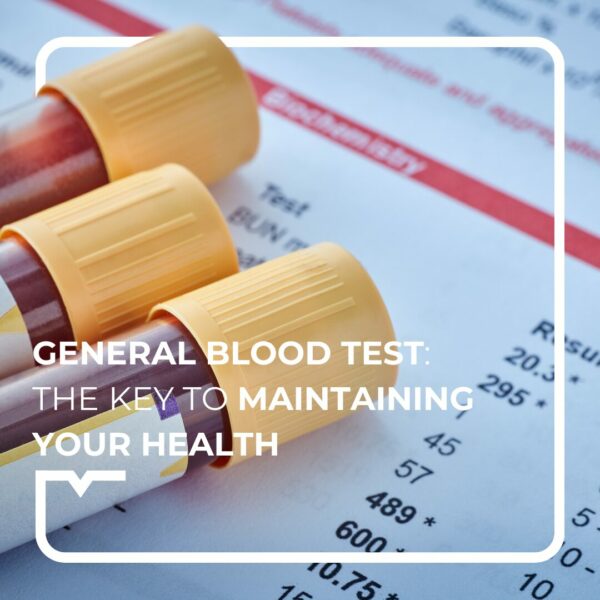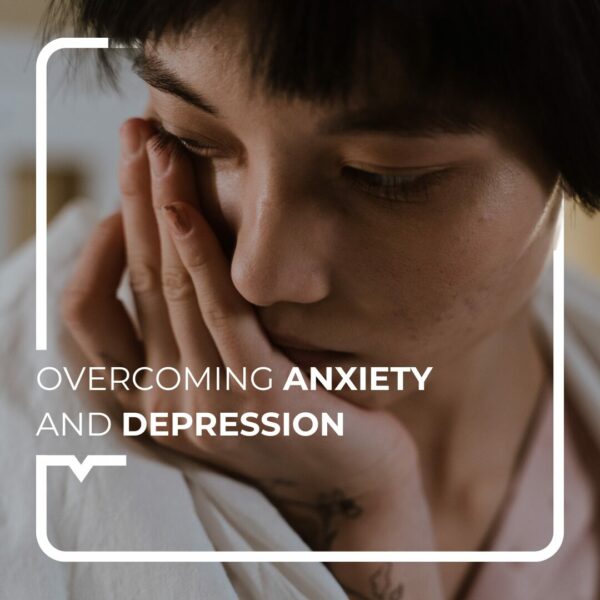Matthias was bitten by a tick while hiking this weekend, what to do? Can he get Lyme disease?
Hello, this is Dr Joy!
Don’t panic, I’m going to explain everything you need to know!
Vamos !!!
What is Lyme disease?
Lyme disease is an infectious disease caused by a bacterium called Borrelia burgdorferi. It is transmitted to humans by the bite of a tick infected with this bacterium.
Ticks are found in natural areas such as forests, woodlands, tall grass and wetlands, but can also be found in urban parks and gardens. They are active during the warmer months of the year. They are found in Portugal.
What are the symptoms?
Symptoms of Lyme disease can include :
- a ring-shaped rash around the area of the tick bite.
- fever
- fatigue
- muscle and joint pain
If left untreated, the disease can lead to serious health problems such as neurological disorders, heart problems and skin problems.
What to do if you are bitten by a tick?
- How to remove a tick
The following steps are recommended to minimise the risk of disease transmission:
1. Use a special tick removal tool, tweezers are not recommended as they may cut the tick.
2. Apply alcohol to the tool to disinfect it.
3. Get the tool as close to the skin as possible, without squeezing the tick.
4. Gently grasp the tick by the head or body as close to the skin as possible and pull up slowly and gently. Avoid twisting or turning the tick, as this can break it and increase the risk of disease transmission.
5. Once the tick is removed, disinfect the bite area with alcohol or soap and water.
It is important not to disinfect before the tick is removed, or to use petroleum jelly, oil or other products to try to remove the tick, as this may stimulate the tick to inject more bacteria into the skin.
If you have not been able to remove the whole head of the tick at once, ask your pharmacist or doctor for advice.
- Monitor the bite area
In the weeks or months after the bite, look out for signs of infection or illness, such as redness, a circle around the bite, joint pain or fever.
If you develop symptoms, seek medical attention immediately. Tick-borne diseases, such as Lyme disease, can be treated more effectively when diagnosed early.
How is Lyme disease treated?
The treatment of Lyme disease depends on the severity of the disease and when it is diagnosed:
1- In the case of early diagnosis: The standard treatment for Lyme disease is an oral antibiotic, usually doxycycline or amoxicillin, for a period of 2 to 4 weeks.
2- In the case of a late diagnosis: Antibiotic treatment is then given intravenously.
3- Symptom relief: In addition to antibiotics, medication for pain and fever may be required. People with symptoms such as fatigue, joint pain and depression may also benefit from alternative therapies.
Lyme disease can be difficult to diagnose and treat. It is therefore important to seek medical advice if you think you have been exposed to ticks and are showing symptoms of the disease.
How to protect yourself?
When going out in nature, wear thick, covering clothing, use repellent and avoid wooded areas or tall grass.
After a trip to the forest, check your skin and that of your children.
And if you are bitten, remove the tick quickly as indicated above.
Tick tock, tick tock, with you I don’t see the time passing! I’m out of here.
Boa tarde !
Beijinhos.
This information is not a substitute for medical advice.
You must seek the advice of your doctor or another qualified health professional with any questions you may have regarding your health condition.
sources:
https://sante.gouv.fr/soins-et-maladies/maladies/maladies-infectieuses/maladie-de-lyme



